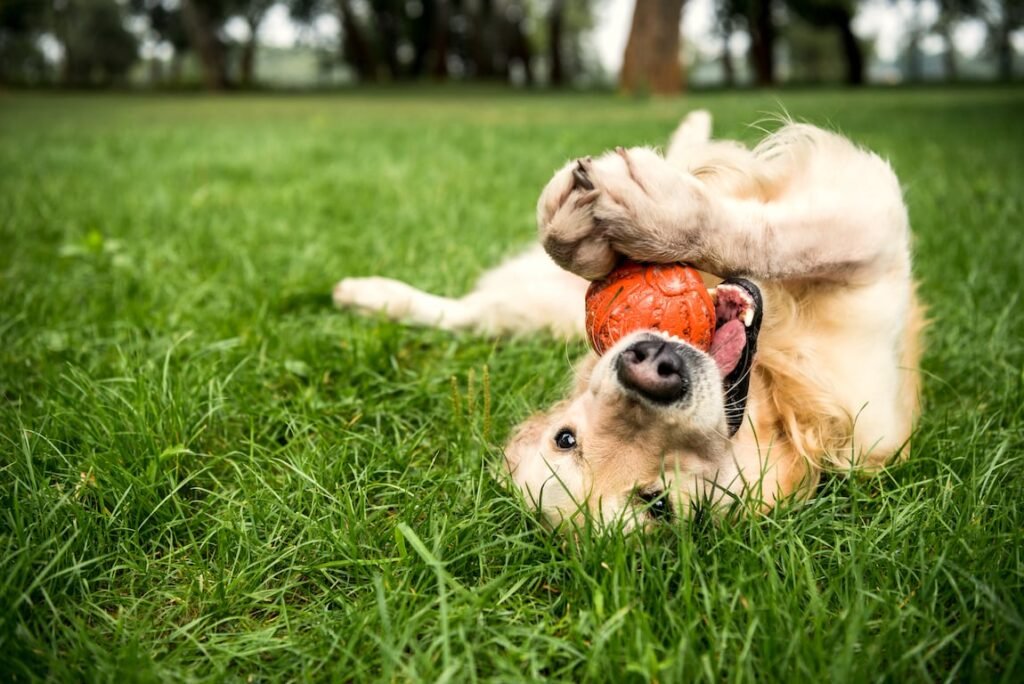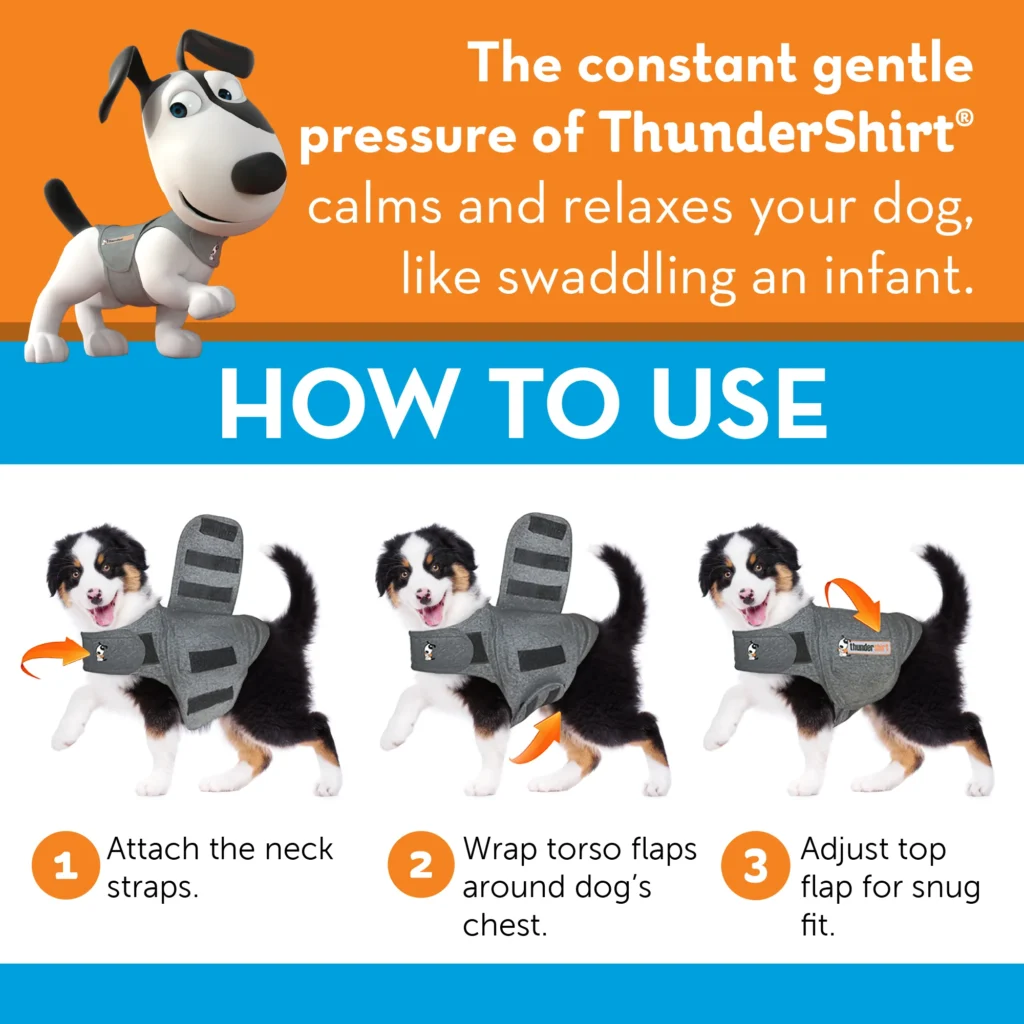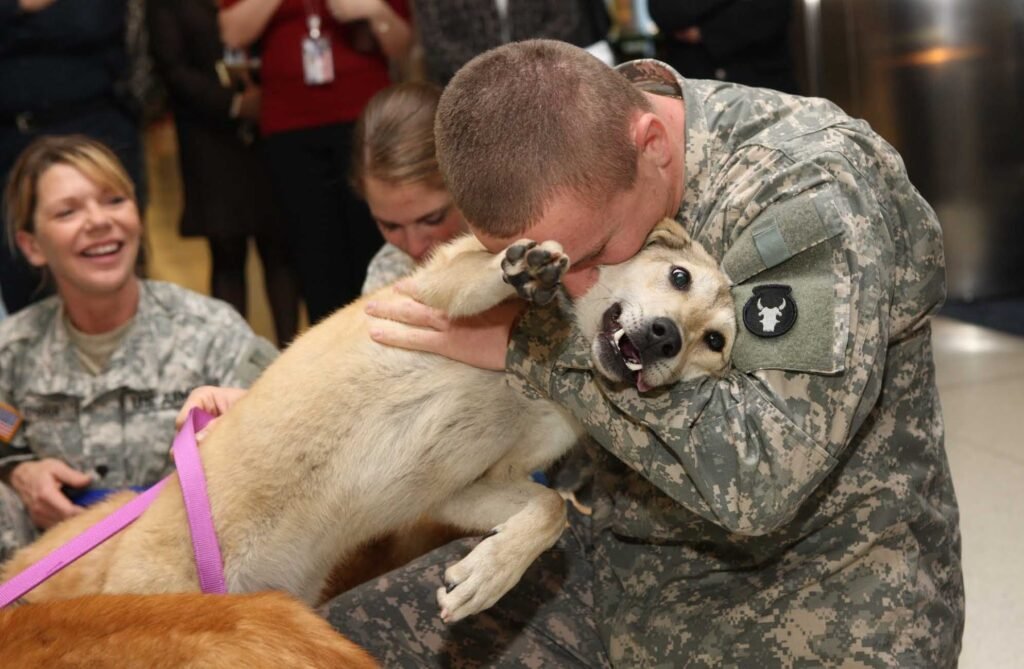Is your pup crying, chewing, or pacing when you step out? Separation anxiety is one of the most heartbreaking—and common—behavior issues dog owners face. At BarkBliss, we believe every dog deserves a calm, confident life, even when they’re home alone. This guide will help your readers understand, manage, and overcome separation anxiety with evidence-based strategies, step-by-step routines, and lifestyle changes.

📘 Table of Contents
- What Is Separation Anxiety?
- Why It Happens
- Signs & Severity Levels
- Diagnosing vs. Other Issues
- Self-Help Strategies
- Calm Leaving Routine
- Desensitization & Counter‑conditioning
- Enrichment & Pre‑departure Rituals
- Environmental Modifications
- Comfort Items
- Lifestyle Management
- Exercise & Mental Stimulation
- Feeding & Routine
- Social Interaction
- Tools & Support
- Puzzle Toys, Chews, Tech
- Training Aids & Classes
- Doggy Daycare & Walkers
- When to Seek Professional Help
- Behaviorists, Trainers, Meds
- Case Studies: Real-life BarkBliss Success Stories
- Tracking Progress & Celebrating Wins
- Preventing Future Anxiety
- Final Woof: Consistency, Care & Compassion
- Resources & Further Reading
1. What Is Separation Anxiety?
Define separation anxiety and differentiate it from boredom or simple mischief. Explain the emotional distress and stress-related behaviors that go beyond routine alone time.
Image 1 (Header):
A dog staring out a window, waiting for their owner – evokes empathy and sets the emotional tone.

2. Why It Happens
Explore common triggers: routine upheavals (moves, new schedule), rescue/adoption backgrounds, breed predispositions, lack of early independence, or over‑attachment. Include insights from veterinarians and behavioral studies.
Image 2:
Graphic showing causes: moving box, broken heart, clock (routine), shelter icon.
3. Signs & Severity Levels
List symptoms from mild restlessness to severe destructive behavior, scattering stories and mini case studies to illustrate severity tiers. Use vet insights to discuss physiological effects like elevated cortisol or gastric upset.
Image 3:
A collage: chewed doorframe, drooling dog, pacing footprints, shredded item.

4. Diagnosing vs. Other Issues
Compare separation anxiety to boredom, medical problems, or territorial barking. Provide quiz-style questions readers can answer at home. Explain when a vet check-up is necessary.
Image 4:
Split-screen of a bored dog (chewing a slipper) vs. an anxious dog (scratching door).

5. Self-Help Strategies
A. Calm Leaving Routine
Discuss emotional cues, exiting calmly, no big hugs at door—minimize contrast between “leaving” and “return.”
B. Desensitization
Step-by-step protocol: 30 seconds away → 1 minute → 5 minutes → 10 minutes, using treats and praise. Add a sample 4-week plan.
C. Environmental Enrichment
Puzzle toys, Kongs with frozen fillings, scent games. Provide DIY recipes (peanut butter banana Kong, snuffle mats, puzzle feeders).
D. Environment Setup
Crate training, confinement vs. free roaming, music, white noise. Tips for safe space setup and gradual crate introduction.
E. Comfort Items
T-shirts with your scent, pheromone diffusers (Adaptil), sprinkle blankets, Lickimat.
Image 5:
Dog with treat-stuffed Kong, comfy crate scene, soothing music device.

6. Lifestyle Management
Exercise
Importance of morning walks, run games, dog sports. Highlight serotonin-release effect of exercise.
Mental Stimulation
Training sessions, nose-work puzzles, new tricks. Discuss mental fatigue leading to restful alone time.
Routine
Set wake-eat-walk-play-sleep schedule. Explain why consistency builds security.
Social Support
Daycare, playdates. Compare benefits of in-person socialization vs. anxiety. Bring in quotes from trainers.
Image 6:
Dog joyfully running or playing fetch early morning walk.

7. Tools & Support
Puzzle & Chew Toys
List popular options like KONG, Nina Ottosson puzzles.
Tech
Pet cams with talk-back, automatic feeders, calming sound apps.
Training Aids
Thundershirt, audio CDs (calming music), flaglean collars.
Walkers & Daycare
How to choose reputable services. Cost-benefit look.
Image 7:
Collage: pet camera, KONG, Thundershirt.

8. When to Seek Professional Help
Veterinary, behaviorist consultation. Van details on when to add meds (SSRIs, benzodiazepines). Discuss behavior modification + medication synergy.
Image 8:
Dog calmly working with a certified trainer, treats and clicker visible.
9. Case Studies: BarkBliss Success Stories
Three detailed examples of dogs with moderate–severe separation anxiety with before/after, solutions tried, timeline of progress. Include owner quotes.
10. Tracking Progress & Celebrating Wins
Encourage journals, milestone markers, photo diaries. Provide chart template. Explain why seeing small improvements reinforces progress.
11. Preventing Future Anxiety
Tips for new puppies or newly adopted dogs: alone-time training from day one, random short departures, crate acclimation.
12. Final Woof: Consistency, Care & Compassion
Closing message about patience, love, and the journey. Invite readers to engage with BarkBliss community.
13. Resources & Further Reading
List key books, websites, online clinics, behaviorist directories (IAABC, CCPDT). Provide links (SEO-friendly, authoritative)


